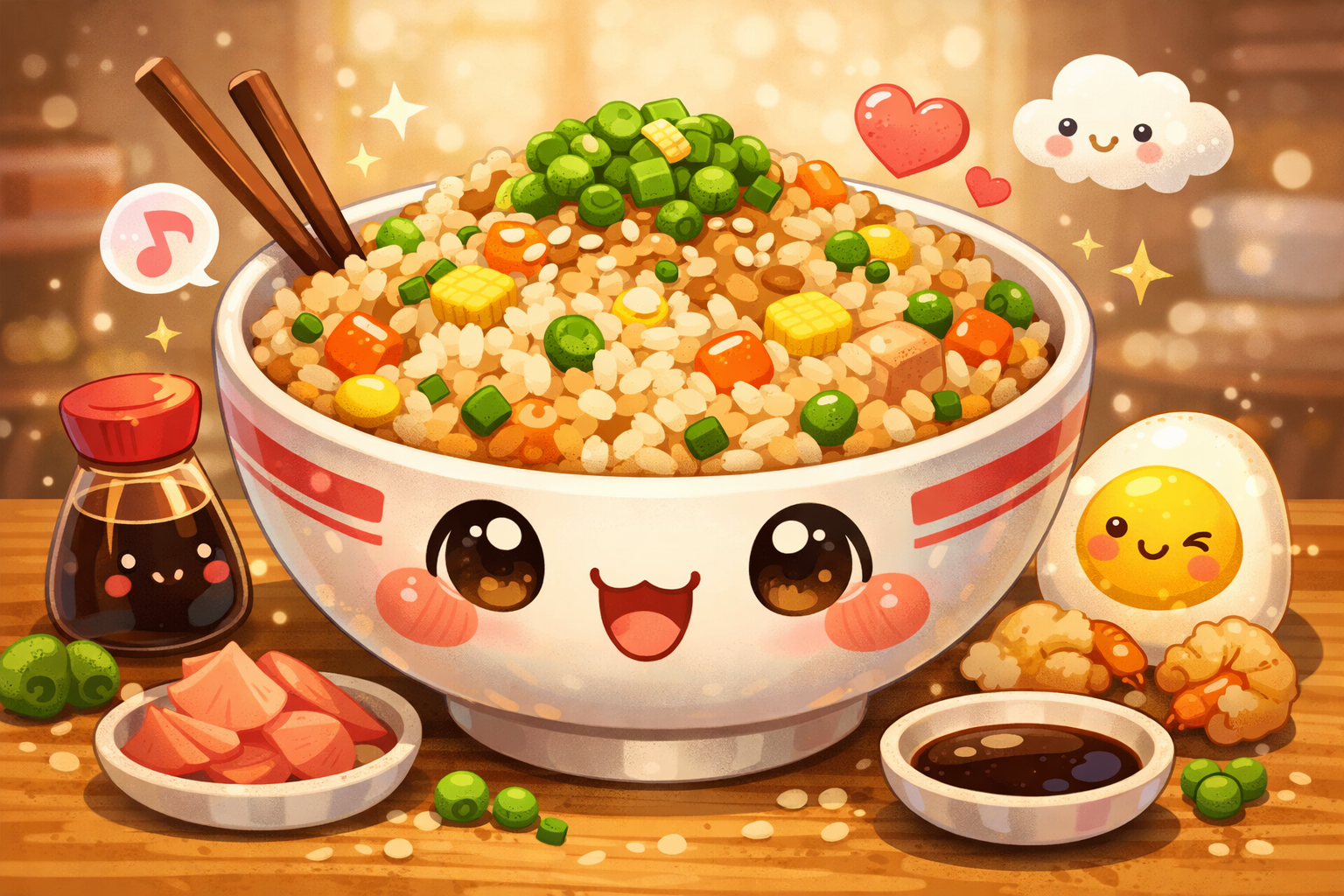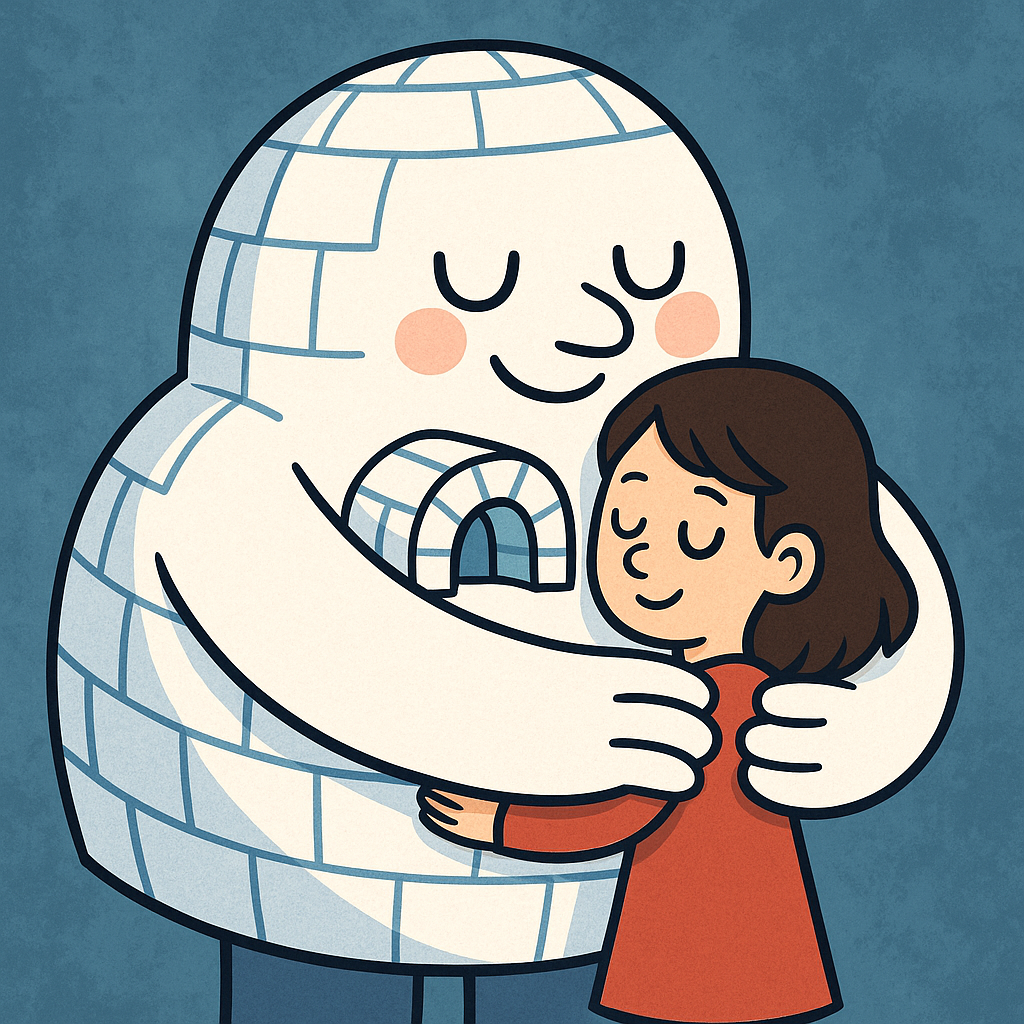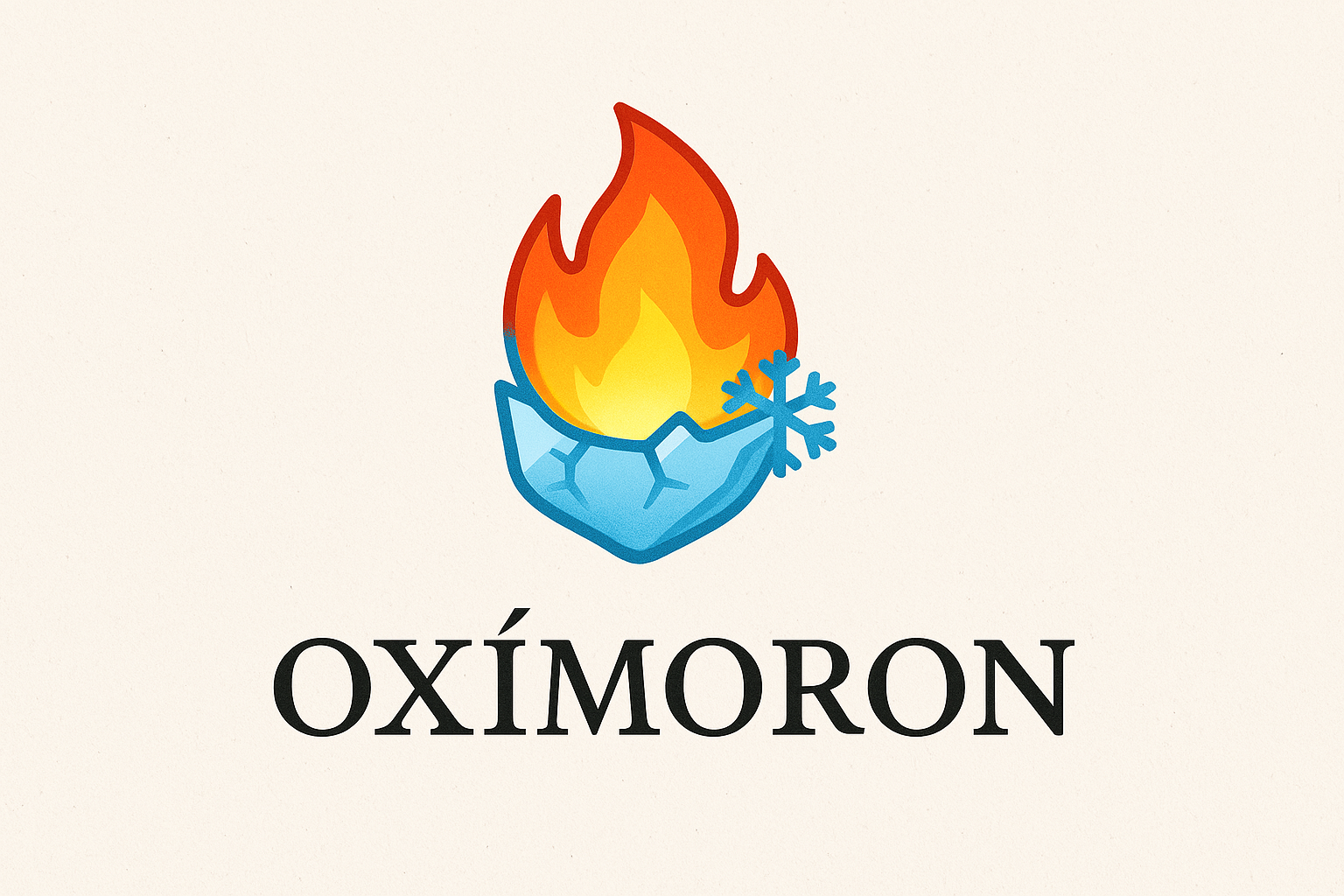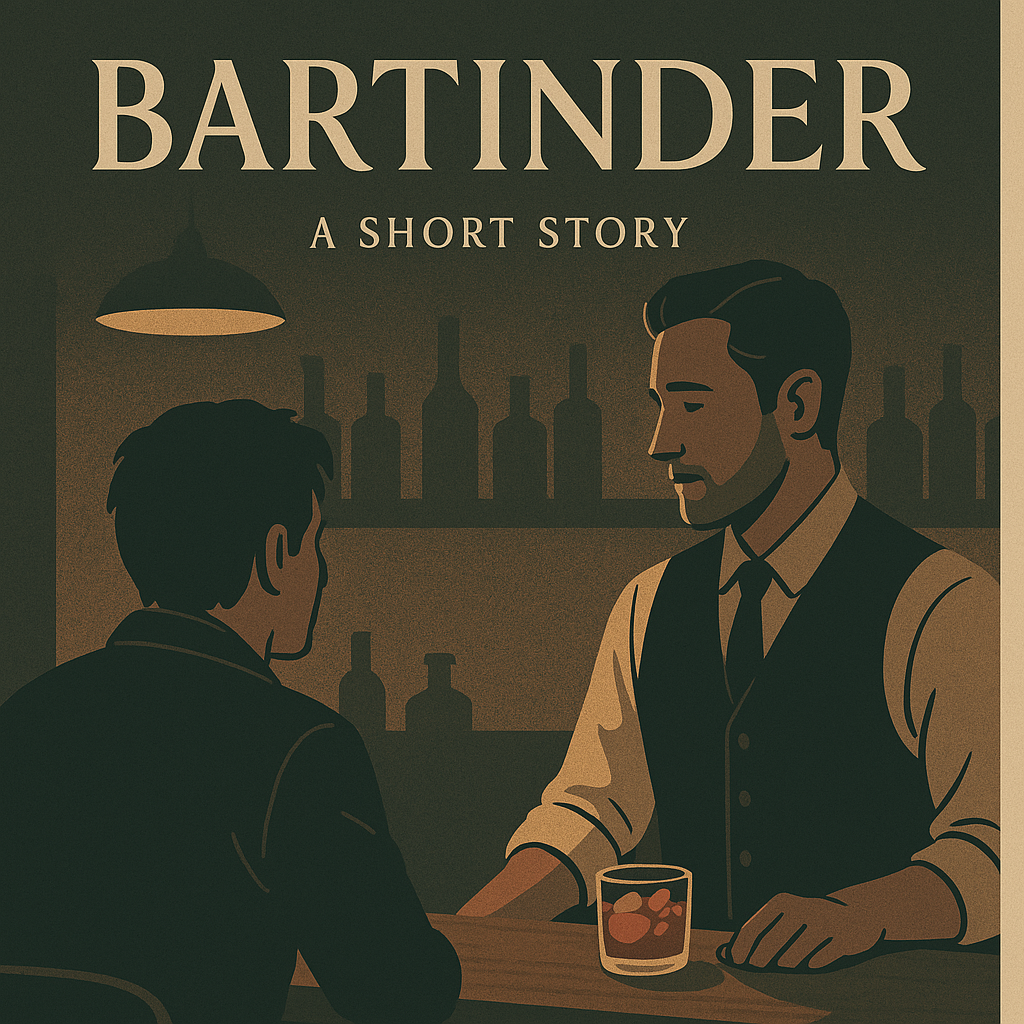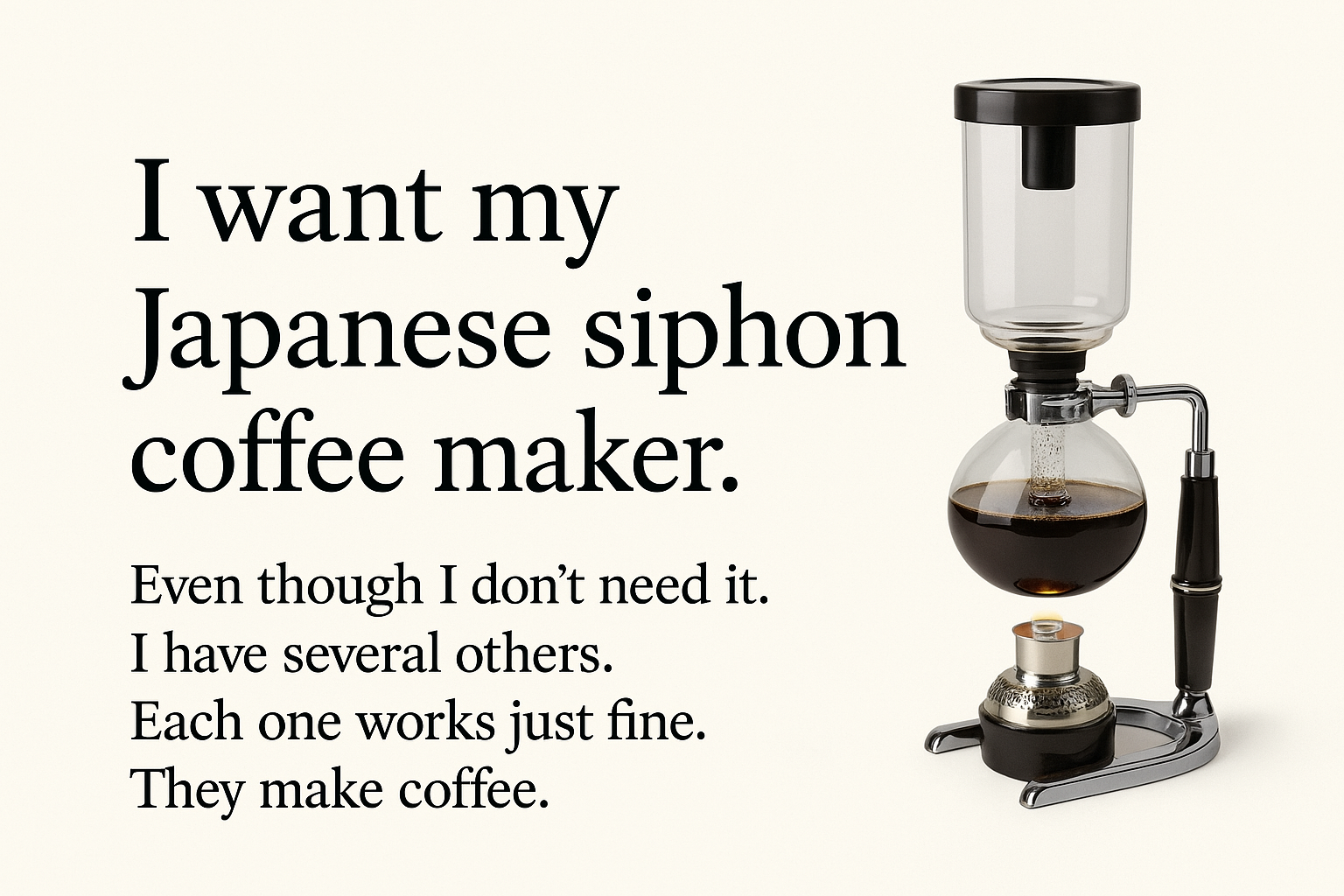Nadie entra por casualidad. Aunque eso digan.
La fachada del bar es mínima: un neón apagado que dice “Aquí se sirve lo que no sabías que necesitabas.”
Adentro, no hay menú.
Solo un hombre de chaqueta entallada, sin nombre, con voz de terciopelo filtrado por vinilo.
El bartinder.
—Nombre de pila y una mentira hermosa —te dice apenas cruzas la puerta.
—Cristóbal —respondes—. Nací sabiendo leer partituras.
Asiente, como si lo supiera. Como si todos los días alguien llegara con esa misma mentira.
—¿Qué perdiste y no volviste a buscar?
—No sé si fue un abrazo o una forma de reír.
Sirve un trago ámbar con hielo que no suena al caer.
Le agrega una cereza, pero antes la aprieta con los dedos. Solo un poco. Solo lo suficiente.
—Mesa 3.
Te acercas.
Una mujer ya está ahí. Lleva botas gastadas y un cuaderno sin tapa. No sonríe, pero tampoco se esconde.
—¿También naciste sabiendo algo imposible? —pregunta.
—No —respondes—. Pero me gusta fingir que sí.
—¿Tienes buena imaginación? Es que me gusta rescatar perros imaginarios.
Hablan. No mucho. Pero algo.
Y cuando los vasos se vacían, ninguno de los dos se levanta primero.
A lo lejos, el bartinder los observa con ese gesto de quien no cree en el destino, pero sí en las probabilidades bien mezcladas.
Esa noche, adoptas tres perros que no existen.
Uno se llama “No era para tanto.”
Otro “Tal vez sí.”
Y el tercero… el tercero no tiene nombre todavía.
Pero ya te sigue a todas partes.
